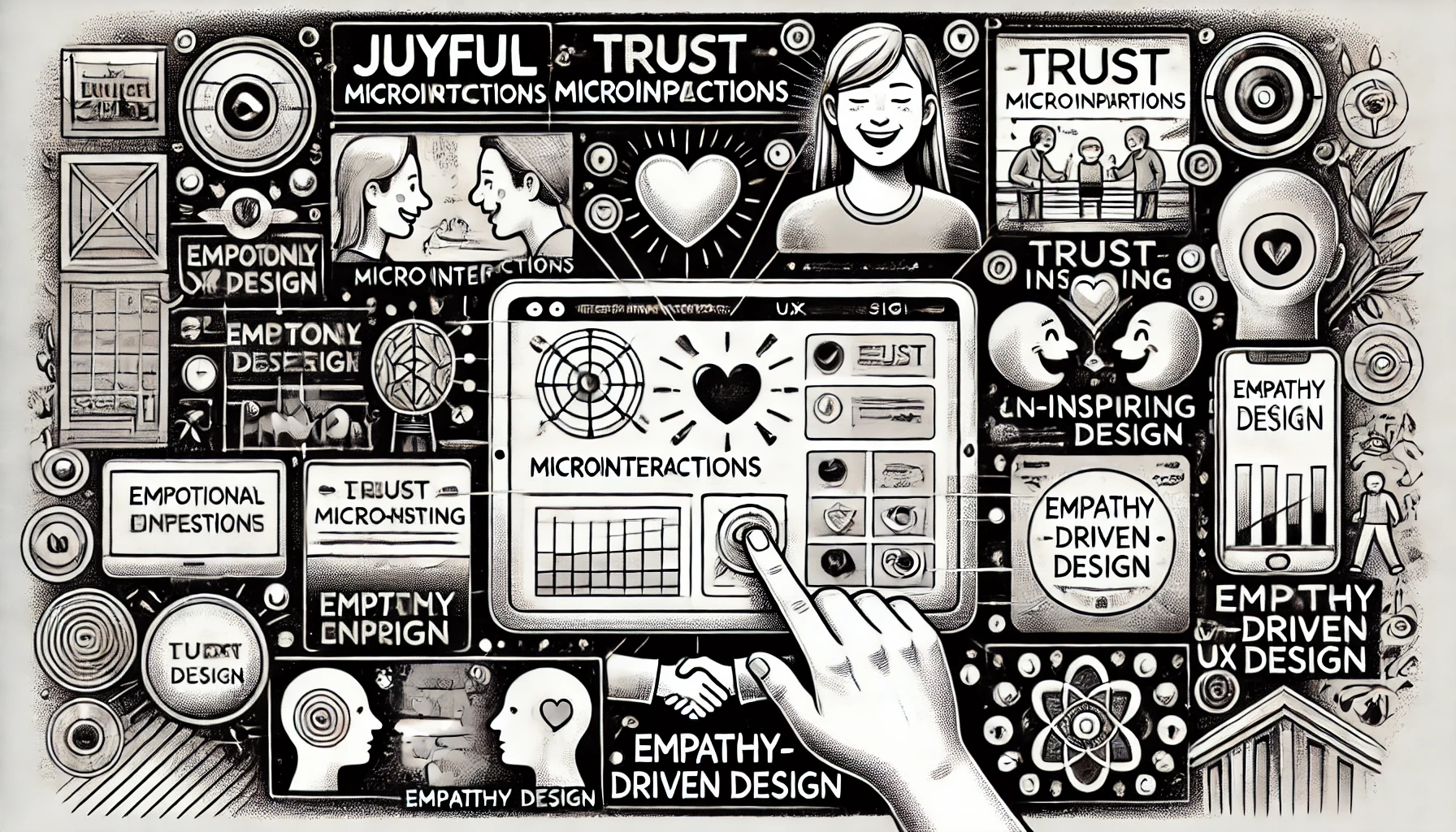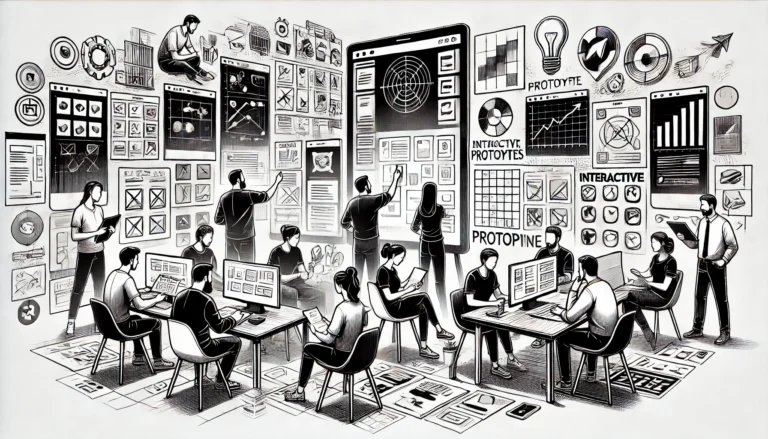In the digital age, designing user experiences that connect on an emotional level is no longer a luxury—it’s a necessity. Emotion-driven design taps into the psychological principles of user behavior, shaping how people interact with products, build trust, and form lasting relationships with brands.
Understanding Emotional Triggers
Humans are emotional beings, and our decisions are often guided more by feelings than logic. In UX design, understanding key emotional triggers—such as trust, joy, frustration, and curiosity—can lead to the creation of interfaces that resonate deeply with users.
- Trust: Clear navigation, consistent design, and secure interfaces build a sense of reliability.
- Joy: Delightful animations, vibrant visuals, and rewarding feedback loops enhance user satisfaction.
- Curiosity: Engaging storytelling and unexpected elements can drive users to explore further.
- Frustration: Poorly designed workflows or unclear messaging can alienate users. Addressing these pain points is critical.
Emotional Design in Action
- Color Psychology
Colors evoke emotions and set the tone of an experience. For example:- Blue conveys trust and calmness, often used in financial and healthcare platforms.
- Red signals urgency or excitement, suitable for calls to action or sales.
- Microinteractions
Subtle animations, like a heart pulsing when clicked, provide feedback and create moments of delight. These small touches humanize the digital experience. - Empathy Mapping
Empathy maps help designers step into users’ shoes, identifying what they feel, think, and experience during their interaction. This understanding guides design decisions that align with user emotions.
The Role of Cognitive Biases
Designers can leverage psychological principles such as:
- The Halo Effect: Positive first impressions of a product’s design influence the perception of its functionality.
- Hick’s Law: Reducing choices decreases decision-making time, alleviating user frustration.
- Fitts’s Law: Designing larger, closer-to-target buttons enhances usability and reduces errors.
Creating Meaningful Connections
Emotion-driven design fosters loyalty and advocacy. A memorable interface not only meets functional needs but also leaves users feeling valued and understood. This emotional connection transforms users into brand advocates.
Conclusion
By designing with emotions in mind, UX professionals can create products that resonate deeply, stand out in competitive markets, and cultivate user loyalty. Embracing the psychology of user behavior ensures that digital experiences are not just functional but also impactful.



